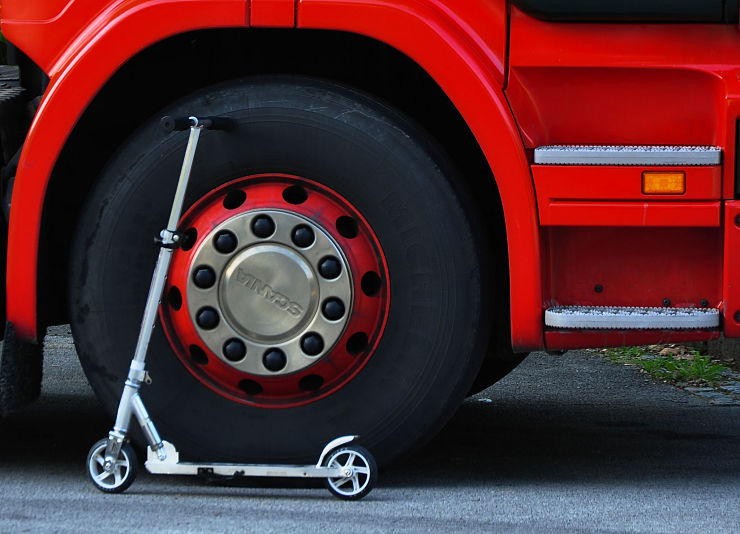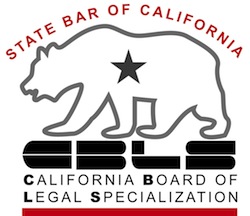How are you going to keep your car after you file Chapter 7 bankruptcy?
Here in California , little is more essential to holding a job and really getting a fresh start than a car to get to work in.
While the bankruptcy discharge will relieve you of liability for the loan on the car, the lender’s lien on the car survives the bankruptcy.
OK, let’s think. Who besides you wants the car?
If the car is worth less than you owe on it, the Chapter 7 trustee isn’t interested in it.
So, it’s you vs. the car lender. What happens to the car after the bankruptcy case?
For most car loans, there’s a big spread between loan balance and market value of the car. An underused section of the Bankruptcy Code allows you to buy your car outright from the lender at its value today.
Your car loan in bankruptcy
So, what can you do about the lien on the car that survives the discharge? The car lender can repossess the car without violating the bankruptcy discharge.
The Bankruptcy Code gives you some choices for the car loan:
- surrender the car;
- reaffirm the loan; or
- redeem the car.
We’re going to talk about redemption, and my recent client who saved more than $11,000 by redeeming the car.
How redemption works
In a nutshell, redemption in bankruptcy allows you to pay the lender the value of the car as of the filing of the case in a single payment, and get clear title.
It’s grounded in the idea that if you surrender the car, it’s only worth what it’s worth in the market to the lender. Your discharge keeps the lender from looking to you for the difference between the loan balance and the car’s value.
A single payment is required for redemption: you can’t buy the car back, and make the lender take payments over time.
So the availability of cash can limit the usefulness of redemption. There are also commercial lenders whose business is financing redemptions.
Clear title versus more debt
The advantages of redemption hit me and my client in the face recently when we reviewed a proposed reaffirmation agreement for her car.
The lender prepared a reaffirmation agreement for her signature with the required disclosures. Reaffirmation would have effectively waived the discharge as to the car loan.
With reaffirmation, the lender was bound to accept payments despite the bankruptcy. The debtor became exposed to personal liability for a deficiency judgment should she default in the future.
Not a great deal for the debtor, but sometimes you have to choose between unattractive options.
What grabbed our attention was the gap between the $11,000 value of the car and the $22,000 balance on the loan.
Sign the reaff, and the client would pay twice what the car is worth, plus interest, to keep the car.
We chose to redeem the car instead.
The judge approved our motion to redeem. Once the order is entered, my client must have $11,000 in hand to get title to the car.
In this case, she could come up with the money necessary.
The unpaid balance of the car loan is gone forever. She has title to the car.
Fresh start ahead!
More
Who needs to be paid after you file bankruptcy?
Image courtesy of Peter and Flickr.






